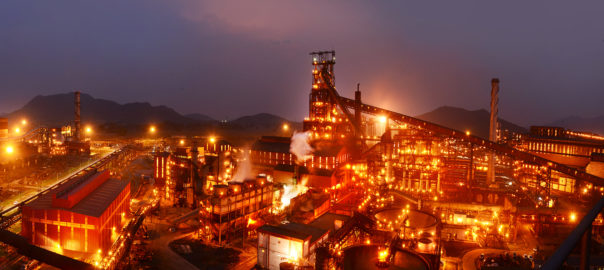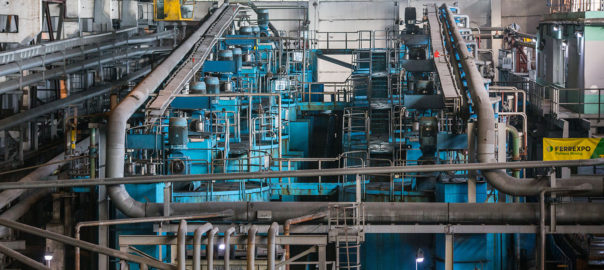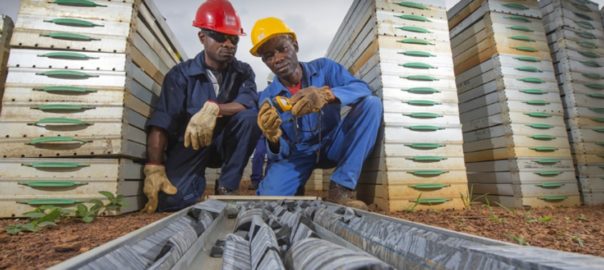Metso has won a “significant order” to deliver a large-scale iron ore pellet plant and related engineering services to Tata Steel for the expansion of the Kalinganagar operation (pictured), in Odisha state, India.
The order was booked in Metso’s December quarter orders received, the mining OEM said.
The new pellet plant will be equipped with capability to use a dual fuel burner and a burner management system to enable the use of iron ore feed from different sources. This will optimise the overall cost of production, including the fuel type and consumption, according to Metso.
Victor Tapia, President, Metso’s Mining Equipment business area, said: “Metso and Tata Steel have a history of more than 25 years of successful cooperation. We take this much-valued partnership and the confidence in our knowhow as clear indicators that we have been able to meet their business needs in a fast-changing business environment. In line with our value proposition, we will assist Tata Steel in minimising fuel consumption and reducing their carbon footprint in pellet production.”
Tata is among the largest steel-producing companies globally, with manufacturing operations in 26 countries and crude deliveries of about 28 Mt in 2017. Operational since 2015, the Kalinganagar plant is one of Tata Steel’s key manufacturing locations in India, Metso says.
Kamal Pahuja, SVP Indian market area at Metso, said: “Working together with Tata Steel over the years, we have developed a strong understanding of their business and of what adds value to their operation; this understanding helps us to deliver the required performance. On that account, we were able to design a pelletising solution that enables the lowest cost per tonne of pellet produced while providing flexibility for varying qualities of feed to optimise the production quality and rate.”
Metso says it is the leading player in pelletising in India. This order is the company’s first iron ore pellet plant solution for Tata Steel.
Last year, Metso reported its largest-ever pellet plant delivery to JSW Steel.










